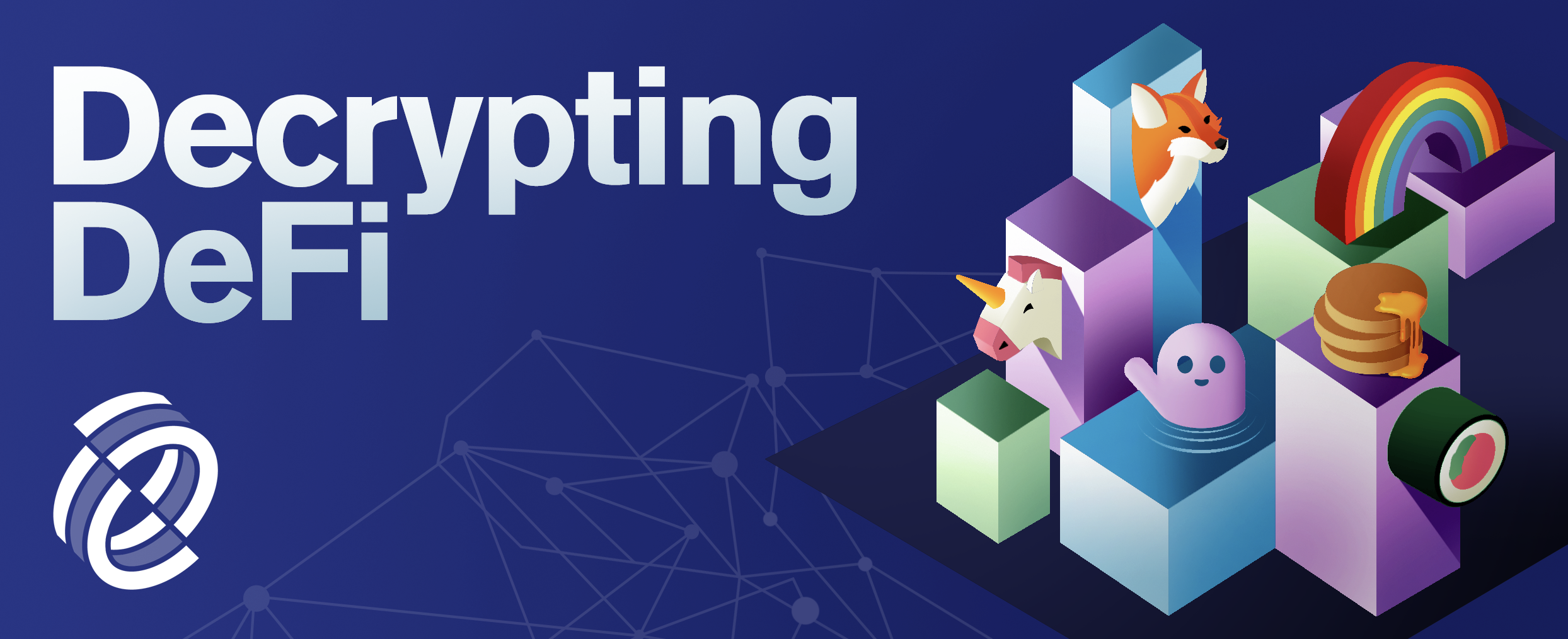
Launching a token is a delicate task.
On the one hand, you’ll thrill your die-hard audience of early adopters, rewarding them for sticking it out for so long.
On the other, you invite hungry whales to come and harvest your project for its incentives, often hogging the lion’s share of the tokens being dished out (before flipping them for a profit shortly after).
This latter outcome is especially bad if these tokens also serve as a voting mechanism in determining the future of your project.
“Eventually, the core team has to begin to shed some power, and would want to do that in a way where that power goes to an aligned community with skin in the game,” Delphi Digital’s director of research Ashwath Balakrishnan told Decrypt. “Eventually, token holders govern how the DAO and protocol move forward.”
There is, however, another potential consequence of clumsily launching a token: Failing to first assess your product-market fit (or, as the biz dev folks call it, PMF).
When essentially giving out free money to anyone who uses your protocol, it can be super difficult to figure out whether people are there for the token or for the product.
“Without PMF you get a lot of mercenary capital and flash-in-the-pan metrics,” DAO researcher at Flipside Crypto Raphael Spannocchi told Decrypt. “You can see that in many alts.”
Still, combining both a token with PMF can “really get the flywheel of decentralization going,” said Spannocchi, adding that “tokens are one of the most powerful things in crypto.”
Without PMF, though, projects could end up dealing with token blindness in some cases, where real activity is masked by yield farmers.
So, how do you get around it?
With data, at least according to founder of data firm ARCx Kerman Kohli.
“If you have the right data to understand the origin identity of your users in the aggregate, you can start to see very clear trends,” he told Decrypt.
One of the key metrics he sees as a flag for a project getting farmed is when the net worth of the aggregate of users is less than $100.
Similarly, says Kohli, when the majority of traffic is coming from questing platforms like Layer 3 or Rabbit Hole. “They’re generally tracking very low-quality users,” he said.
These platforms offer payouts for small tasks in crypto for doing simple things like buying an NFT on OpenSea or making a swap on a decentralized exchange. Pitched as a learning and onboarding mechanism, these platforms have essentially become a variety of mechanical turk.
With these trends in mind, so-called sybil hunters–those tracking down malicious airdrop farmers, and eliminating them from an airdrop–can execute their work.
Besides metrics, there is also an ontological concern about what exactly a token is.
“The issue is that a token represents two things: ownership of the protocol (which implies governance rights) and a financial vehicle correlated to the success of the protocol,” Snapshot’s growth lead Nathan van der Heyden told Decrypt.
Though most people are likely grabbing a token for the second reason (i.e. number go up), Heyden says that “reason one is really important as the value of a protocol is linked to how censorship resistant it is; the decentralization of a protocol is a huge value-add in some cases.”
In terms of practical solutions, he proposes staking contracts, though most are “poorly implemented,” or even vesting schedules for airdrops.
These concerns are all clear, and the DeFi sector has been busy wrangling with best practices.
But what if the entire thesis isn’t actually correct?
As for those pesky whales looting all your incentives, says Delphi’s Balakrishnan, well, in a free market, it’s nobody’s business what people decide to do with a project’s precious governance token.
“Blaming tokens for the failings of certain protocols to find PMF is a cop-out—some protocol teams make the right decisions, some don't,” he said. "We're still in a stage of experimenting with different playbooks to figure out what token go-to-market strategies work for specific kinds of protocols.”
Instead of thinking of tokens and PMF as two sides of the same coin, they may be more diametrically opposed than the industry thinks.
One is rallying a community and the other is providing the rails for the future of finance. How well it all works depends on how a project launches the token in the first place.
“Token-driven incentive programs are definitely an easy way to overcome cold starts, but that's not where it ends,” said Balakrishnan. “Synthetix has used the SNX token to become the backbone for platform liquidity. Aave uses AAVE token stakers as ‘insurers-of-last-resort.’"
Other tokens, notably Uniswap, haven’t nearly had the same effect.
“On the flipside, you have Uniswap which found PMF and then launched a token. And two years on, the token doesn't do much or actually afford any power over Uniswap. It's a permissionless protocol and fairly immutable, so governance does not have that much power.”
Ultimately, all projects can do when experimenting with tokenomics to supercharge a community around its product is take things really slowly.
And when done right, a token “can unlock a lot of utility and efficiency for DeFi,” said Balakrishnan.
Decrypting DeFi is our DeFi newsletter, led by this essay. Subscribers to our emails get to read the essay before it goes on the site. Subscribe here.
 decrypt.co
decrypt.co
